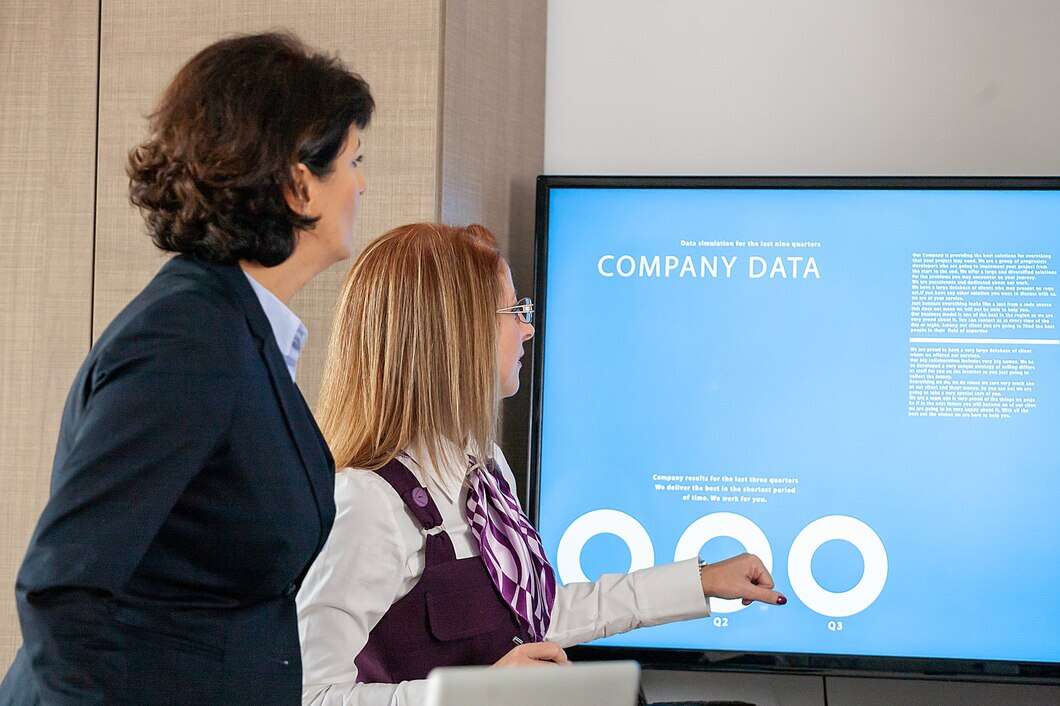In the era of personalized technology, the question isn't just about having a touch screen display—it's about having one that's custom tailored to your needs. Custom touch screen displays are the next frontier in user experience, offering a level of interactivity and personalization that's unprecedented. This article will explore the multifaceted world of custom touch screen displays, examining their design, applications, benefits, and the future of this innovative technology.
Introduction: The Personal Touch
Imagine a world where every device's interface is not just responsive to your touch but also to your preferences, needs, and even your mood. Custom touch screen displays are making this vision a reality, offering a new level of personal engagement with our digital companions.
Understanding Custom Touch Screen Displays
Custom touch screen displays are more than just screens with unique sizes or shapes. They are designed to meet specific functional and aesthetic requirements, often tailored to particular industries or user groups.
Key Features of Custom Touch Screens:
- Size and Shape: Ranging from small widgets to large interactive panels, custom screens come in various dimensions and forms.
- Resolution and Clarity: High-definition resolutions are standard, with options for 4K and beyond for ultra-clear imagery.
- Touch Technology: Capacitive, resistive, or projected capacitive touch technologies can be chosen based on application needs.
- Integration Capabilities: Ability to integrate with various software and hardware for enhanced functionality.
Designing Custom Touch Screen Displays
The design process for custom touch screen displays is a delicate balance of form and function, where the user's experience is paramount.
Steps in Custom Design:
- Requirement Analysis: Understanding the specific needs of the user or industry.
- Conceptualization: Sketching out ideas that meet these requirements.
- Prototyping: Creating a working model to test functionality and user interaction.
- User Testing: Gathering feedback to refine the design.
- Manufacturing: Producing the custom display with precision and quality in mind.
Applications of Custom Touch Screen Displays
The versatility of custom touch screen displays knows no bounds, with applications spanning across various sectors.
Industries Utilizing Custom Displays:
- Retail: Interactive digital signage and self-service kiosks.
- Automotive: In-vehicle infotainment systems.
- Medical: Equipment with sanitary touch interfaces.
- Industrial: Control panels for machinery with specific operational needs.
- Consumer Electronics: Customized interfaces for smartphones, tablets, and smart home devices.
Benefits of Custom Touch Screen Displays
Beyond the aesthetic appeal, custom touch screen displays offer a host of benefits that enhance user experience and operational efficiency.
Advantages Include:
- Improved User Experience: Intuitive interfaces that cater to user preferences.
- Enhanced Functionality: Tailored features that meet specific operational demands.
- Brand Differentiation: Unique designs that help brands stand out.
- Cost-Effectiveness: Custom solutions that avoid unnecessary features, reducing costs.
- Future-Proofing: Scalable designs that can adapt to technological advancements.
Challenges and Considerations
While the benefits are clear, there are challenges in developing and implementing custom touch screen displays.
Current Challenges:
- Cost: Customization can be expensive, particularly for small businesses.
- Development Time: The design and testing process can be time-consuming.
- Technological Compatibility: Ensuring the display works seamlessly with existing systems.
Considerations for Implementation:
- Longevity: The display should be durable and resistant to wear and tear.
- Sustainability: Materials and manufacturing processes should be environmentally friendly.
- Accessibility: The design should be inclusive, catering to users with different abilities.
The Future of Custom Touch Screen Displays
As technology advances, the future of custom touch screen displays looks bright, with new developments on the horizon.
Emerging Trends:
- Flexible and Curved Displays: Offering new design possibilities.
- Haptic Feedback: Providing tactile responses to touch interactions.
- Augmented Reality Integration: Enhancing the user experience with immersive visuals.
- Artificial Intelligence: Personalizing the display based on user behavior and preferences.
Conclusion: A Touch of Individuality
Custom touch screen displays are more than just a technological innovation—they represent a shift towards a more personalized and interactive digital world. As we continue to push the boundaries of what's possible, these displays will become an increasingly integral part of our lives, offering a touch of individuality to our digital experiences.

